The Earth Has a Second Moon for at Least 300 More Years
Several years ago, astronomers believed they had made a groundbreaking discovery when they proposed that the Earth had a second, much smaller Moon.
Researchers observed a small celestial body known as 469219 Kamo’oalewa, which stood out as it remained close to Earth over many orbital periods, just like the Moon. Further investigation revealed that Kamo’oalewa was a near-Earth asteroid (NEA) and a quasi-satellite of Earth.
The Discovery of Kamo’oalewa
The celestial object 469219 Kamo’oalewa was first spotted by astronomers back in 2016. Researchers observed it shared the same orbit as Earth, leading many to suggest it could be a second moon.

Source: Wikimedia
Further research using powerful telescopes concluded that while Kamo’oalewa’s orbit is strikingly similar to Earth’s, it’s different enough to dismiss the second moon hypothesis, much to the scientific community’s disappointment.
Kamo’oalewa Deemed a Near Earth Asteroid
After collecting data on its orbital characteristics and conducting spectral analysis, researchers determined that Kamo’oalewa was actually a near-Earth asteroid and a quasi-satellite of our planet.

Source: Wikimedia
According to the BBC, it’s anywhere from 40 m to over 100 m wide, meaning it’s about the size of the Statue of Liberty.
Kamo’oalewa Follows Earth's Orbit Around the Sun
Like the Moon, Kamo’oalewa remains close to our planet over many orbital periods and will likely continue to do so for several centuries.

Source: Wikimedia
While it gives off the impression that it circles the Earth, researchers have confirmed it does not. However, its orbit around the sun aligns with our planets.
Scientists Come up With Origin Theory
Astronomers were left with one question: where did this unique celestial body come from? Now, they believe they have their answer.

Source: Freepik
In 2021, a team of scientists at the University of Arizona had been observing Kamo`oalewa using powerful telescopes when they realized the asteroid was relatively similar to lunar rock brought back from the Apollo missions.
Dislodged From the Moon
The scientists later theorized that Kamo’oalewa may have been dislodged from the moon at some point in the distant past after a meteorite smashed against its surface.
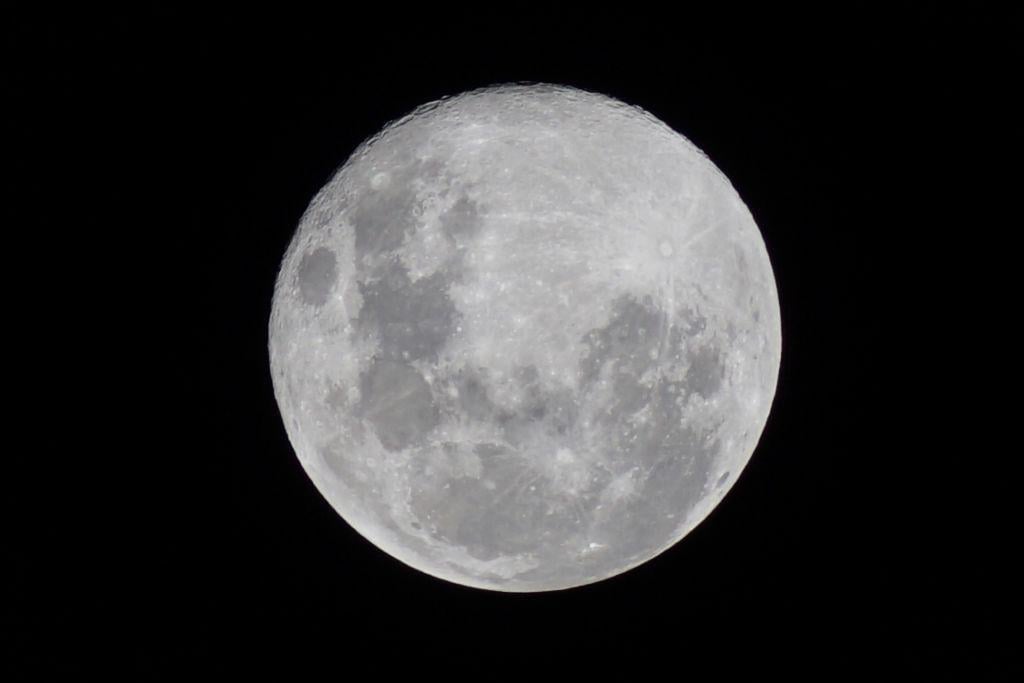
Source: APHOTOGRAFIA/Getty Images
Scientists strongly believe the asteroid is made from space-wetted silicates, which is also the material that makes up the body of our moon.
New Research Confirms Findings
Another group of astronomers recently published new findings in the peer-reviewed journal Nature Astronomy, which further supports the idea that Kamo’oalewa came from the moon.

Source: Freepik
The data, published this past April in Nature Astronomy, suggests Kamo’oalewa likely broke off from the Giordano Bruno crater due to the asteroid’s unique shape and size.
The Influence Comes from the Sun
“It’s primarily influenced just by the sun’s gravity, but this pattern shows up because it’s also—but not quite—on an Earth-like orbit,” says graduate student Ben Sharkey of the Lunar and Planetary Laboratory at the University of Arizona, the lead author of the paper.

Source: NASA's Scientific Visualization Studio - A. J. Christensen, Scott Wiessinger/Wikimedia Commons
Sharkey adds: “So [Kamo’oalewa] this sort of odd dance,”
Researchers Find the Likely Source
According to the researchers who participated in the study, they believe they’ve found the scar left behind by the enormous impact that dislodged Kamo’oalewa from the moon.

Source: Wikimedia
They suggest that the far side crater, Giordano Bruno, named in honor of the 16th-century Italian cosmological theorist, appears to be the “likely” source.
A Broken Piece of the Moon
“Visually, what you’re seeing is a weathered silicate,” says Sharkey. “The eons of exposure to the space environment and the micrometeorite impacts, it’s almost like a fingerprint and it’s hard to miss.”

Source: Wikimedia
“We see thousands of craters on the moon, so some of this lunar ejecta has to be sticking around in space,” says Sharkey.
How the Researchers Came Across the Evidence
Speaking on the new evidence, Phys.org broke down how the team of international scientists came to their conclusion.

Source: Freepik
“The team began by creating a computer model to mimic the type of collision that could have resulted in a piece of the moon’s surface the size of Kamo’oalewa being flung into space. In so doing, they were able to estimate the likely size of the asteroid that would have struck the moon, and from that, the size of the crater it would have left behind,” they wrote.
Research Team Shortlists Potential Craters
After this, the team began shortlisting several potential craters that matched Kamo’oalewa’s theorized origin.

Source: Wikimedia
They then compared samples of moon material brought back to Earth that had been found near one prime possibility, the Giordano Bruno crater. They found spectral similarities between the samples and the asteroid Kamo’oalewa,” wrote Phys.org.
How It Follows Earth
Asteroids litter our solar system. The gravity of other planets can capture some of these asteroids, turning them into conventional moons.

Source: Wikimedia
Others don’t orbit planets in a common way, but fall into line and pace them in their orbits around the sun, like the so-called Trojan asteroids that follow Jupiter around.
Space Probe Aims to Conclude the Team's Hypothesis
As things stand, it appears the mysterious origins of Kamo’oalewa have been solved. However, several space probes will soon test the team’s hypothesis.
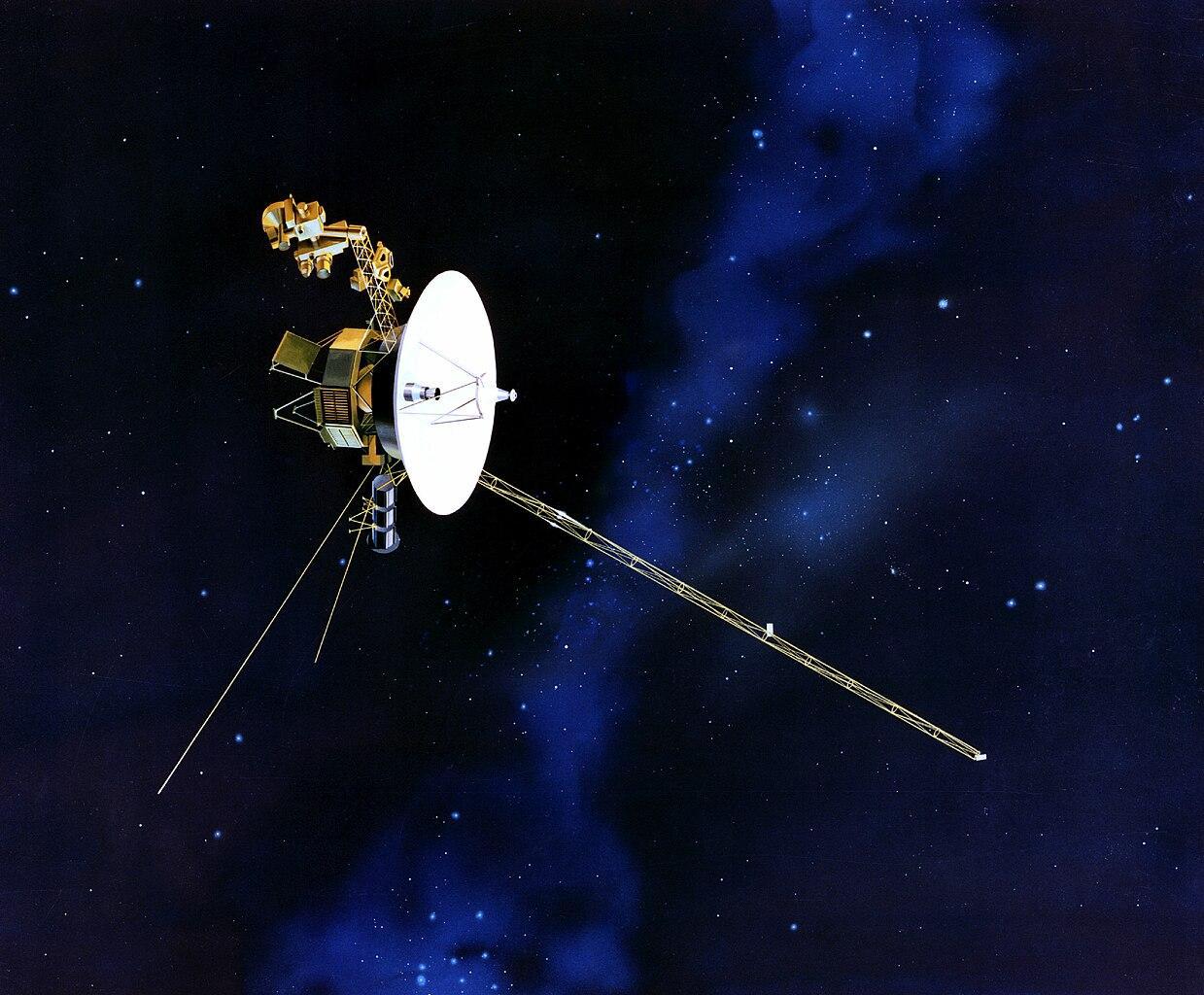
Source: Wikimedia
The first is the Chinese Tianwen-2 mission, which is set to launch in 2025. This probe will collect a sample of the asteroid and bring it back to Earth for further testing.
The Quasi-Moon’s Timeline
Kamo’oalewa won’t act as Earth’s second moon for long. Its current trajectory is not entirely stable, which means that the object will eventually trail away from our blue marble.

Source: Freepik
According to estimates from Sharkey and others, the objects will remain on its current path for 300 more years and then will break free of their current gravitational chains.
The Earth’s Stuck With One Moon
The second miss will come in 2027, when NASA launches its NEO Surveyor space telescope, which will provide further information on the asteroid’s orbit.

Source: George Rose/Getty Images
Even with this, the group of astronomers who recently published the new data are almost certain of Kamo’oalewa’s lunar origin. But unfortunately, it should not be regarded as a second moon.
The Creation of the Moon
But this second moon has us wondering one thing: How did Earth’s moon come to be? While analysis of samples brought back from the NASA Apolo missions suggests that Earth and the Moon collided between an early proto-planet and astronomical body called Theia.

Source: Wikimedia
Professor Sara Russell tells the UK’s Natural History Museum, “Scientists once had numerous theories about how the Moon formed, and one aim of the Apollo program was to determine how our Moon came to be.”
The Theories Behind the Moon
Before the Apollo missions, scientists proposed several theories about how the Moon formed. Unsurprisingly, evidence from the missions gave us today’s most widely accepted theory (which we will get into later).

Source: Freepik
The main theories are the capture theory, the accretion hypothesis, the fission theory, and the giant-impact theory.
The First Two Theories
The capture theory suggests that a wandering asteroid, passing near Earth, became the Moon when Earth’s gravitational field pulled it in.

Source: Felix Mittermeier/Pexels
The accretion hypothesis is another theory that states the Moon formed alongside the Earth as it developed in space.
Two More Theories
The fission theory suggests that Earth had been spinning so fast at one point in its long life that some material broke away and began to orbit the planet.

Source: Aron Visuals/Unsplash
The final theory, and the most widely accepted, is the giant-impact theory, which proposes that the Moon formed during a collision between Earth and another small planet.
Discovering the Right Theory
“When the Apollo rocks came back, they showed that the Earth and the Moon have some remarkable chemical and isotopic similarities, suggesting that they have a linked history,” says Sara.
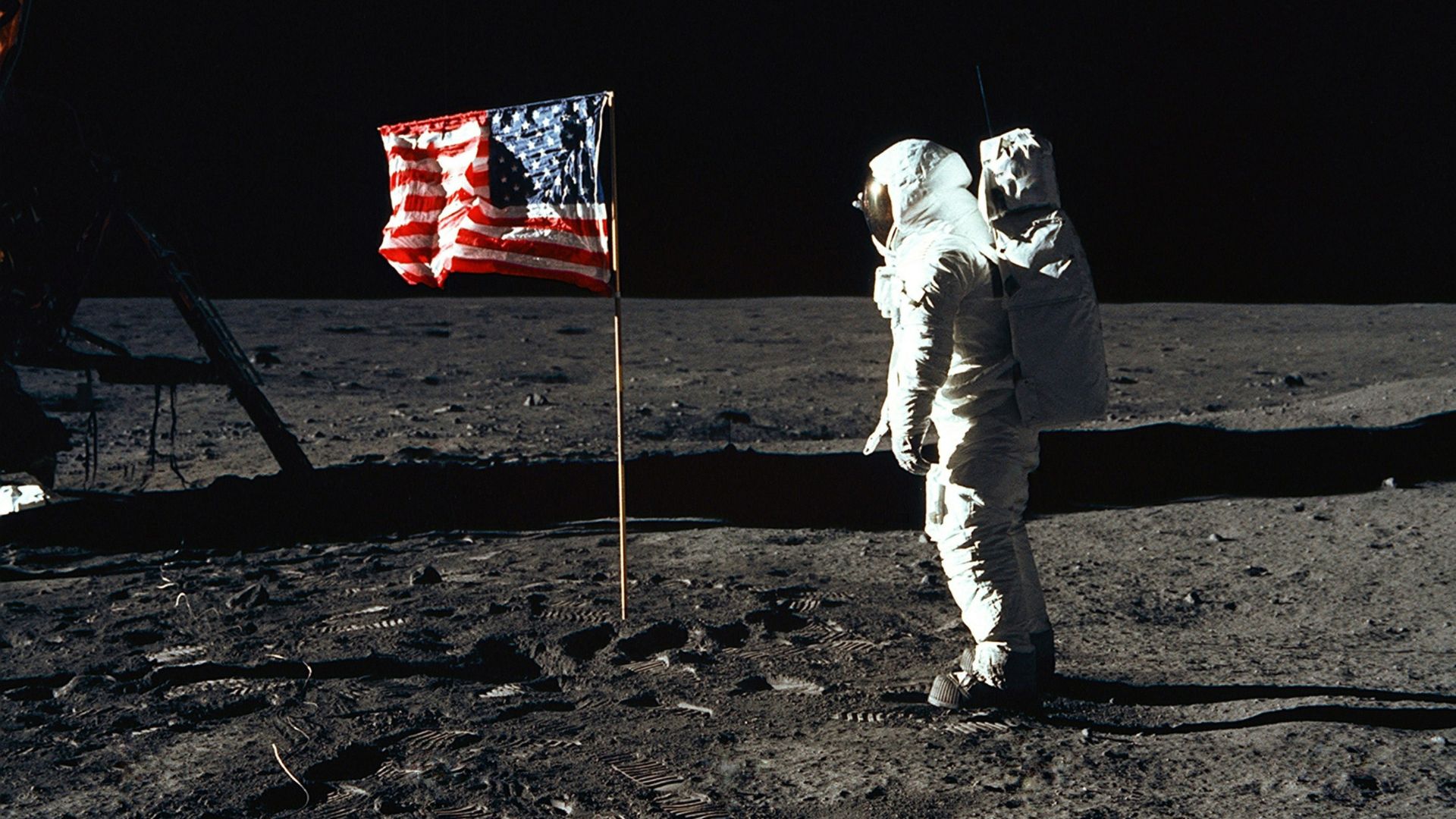
Source: NASA/Unsplash
“If the Moon had been created elsewhere and was captured by the Earth’s gravity we would expect its composition to be very different from the Earth’s.”
The Colliding Planets
Before the Earth and the Moon, there were proto-Earth and Theia. Theia is a hypothesized ancient planet in the early solar system that was roughly the size of Mars.
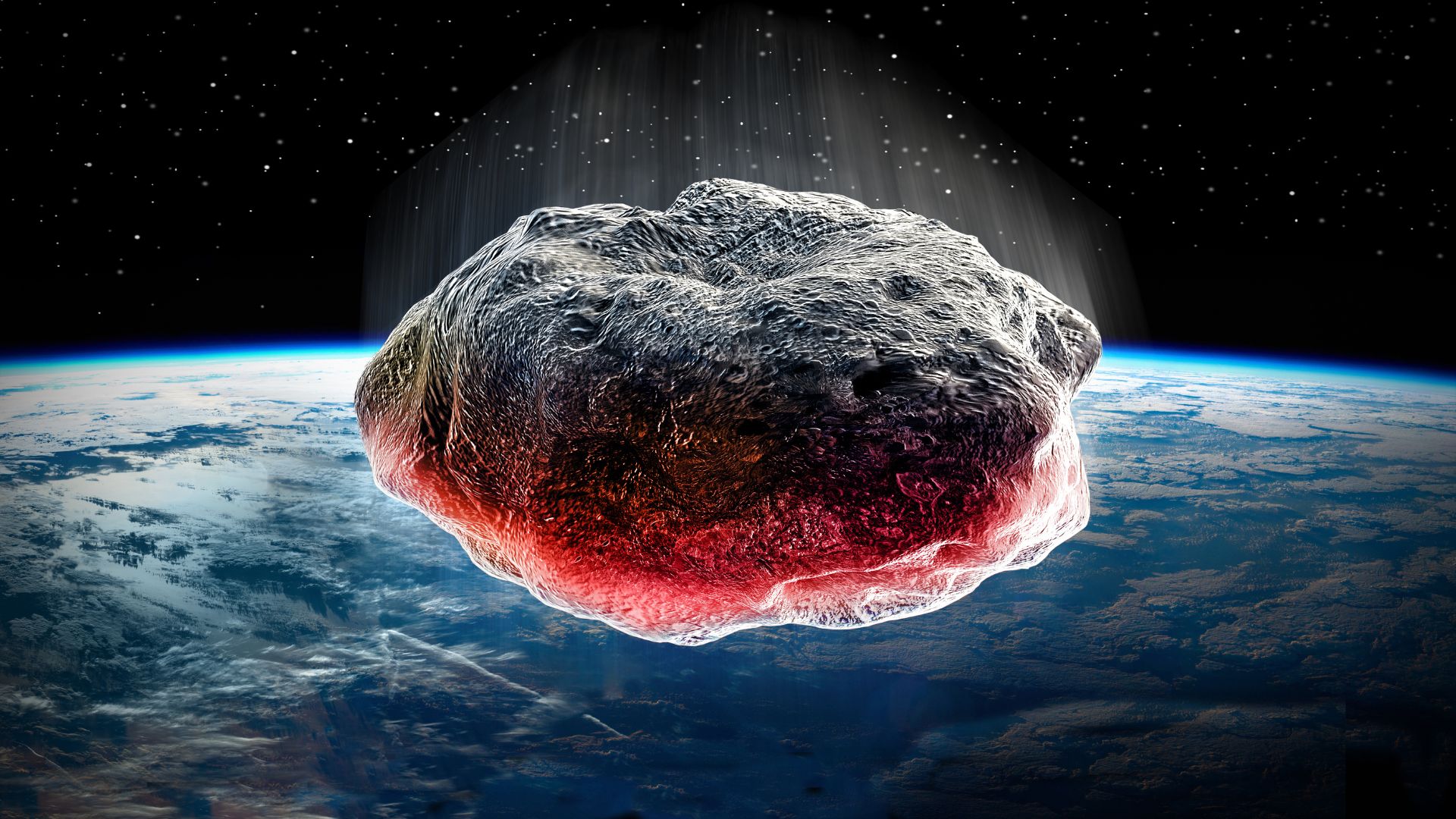
Source: Canva
The giant-impact model suggests that Earth and Theia collided at some point. The collisions melted nearly all of Earth and Theia, and reformed the two into one body, with a small part of the new mass spinning off and becoming the Moon.
The Similarities Between Earth and the Moon
Sara explains, “People now gravitate towards the idea that early Earth and Theia were made of almost exactly the same materials from the start, as they were in the same neighborhood while the solar system was forming.”

Source: NASA/Newsmaker/Getty Images
She continues, “If the two bodies came from the same place and were made of similar stuff from the beginning, this would also explain their similar composition.”
Take Me to the Quasi-Moon
While we still have one moon, it is interesting to look up at the night sky and search for the quasi-moon.
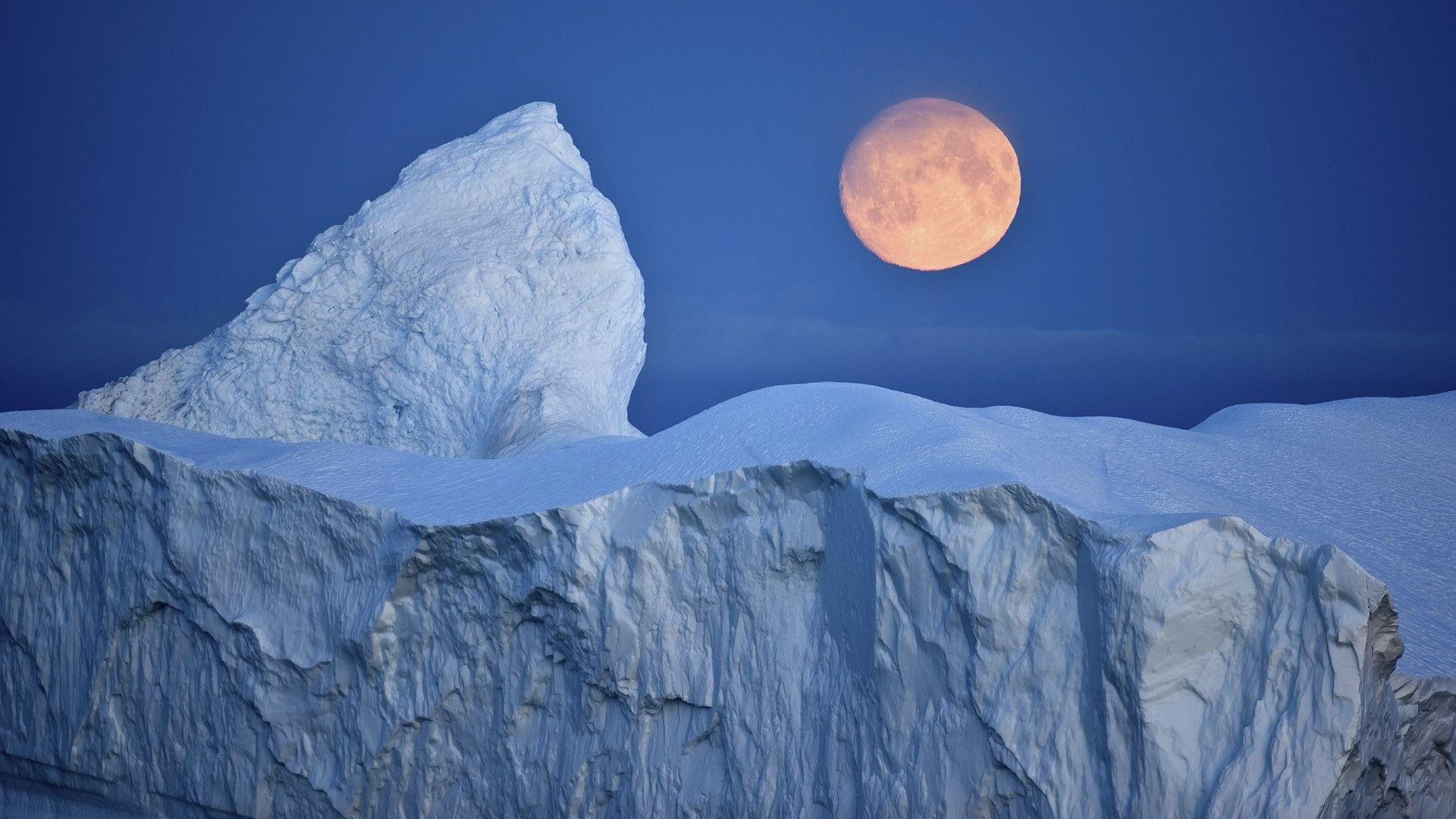
Source: mynzman/Pixabay
It is unlikely that astronauts will be able to visit any of our quasi-moons any time soon due to their size and distance. However, Moon explorations are high on NASA’s priority list.
